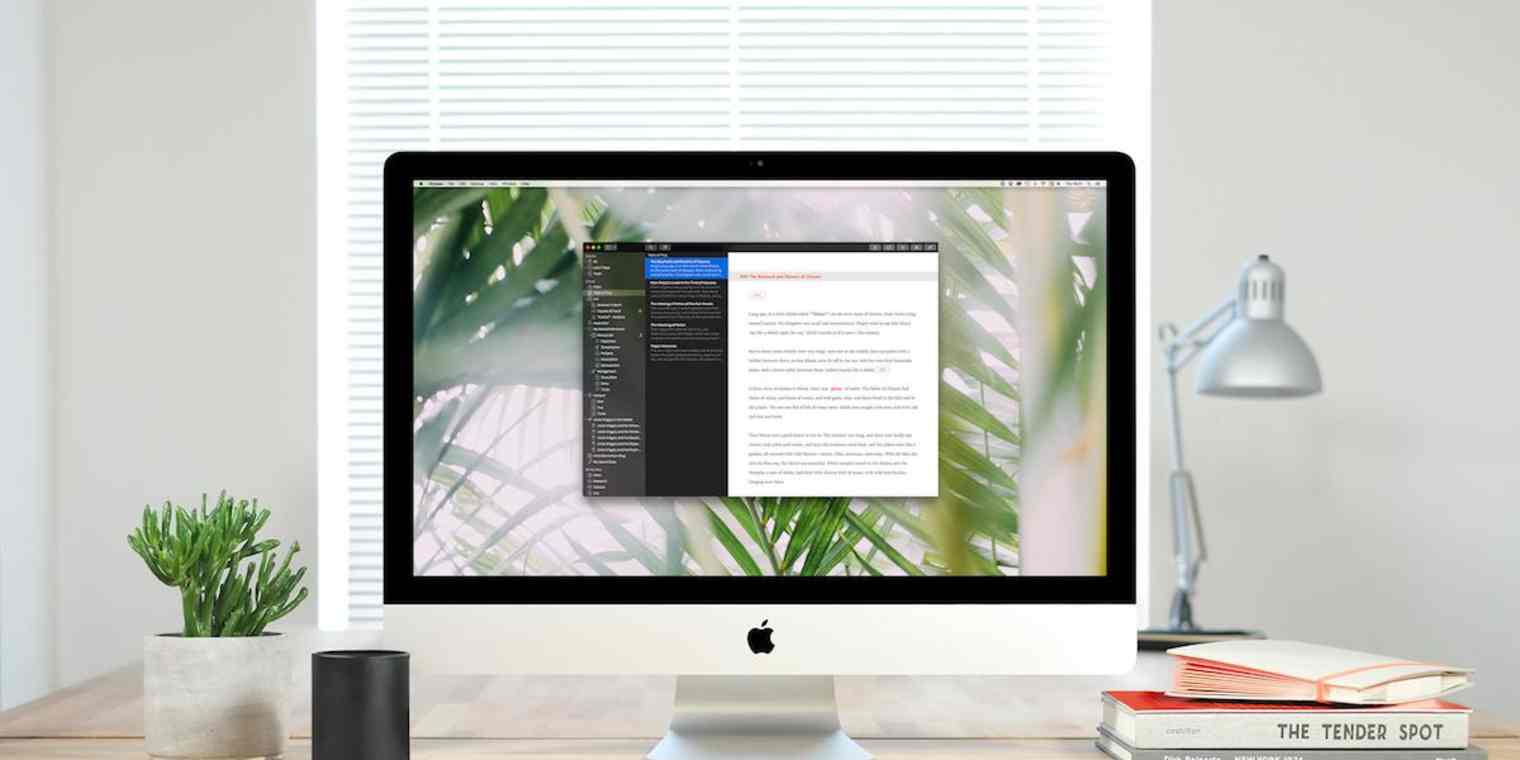App tutorials
11 min readThe Zapier Guide to Ulysses
How to Split, Combine, and Publish Your Writing in Markdown
By Matthew Guay · April 18, 2017

Get productivity tips delivered straight to your inbox
We’ll email you 1-3 times per week—and never share your information.
Related articles
Improve your productivity automatically. Use Zapier to get your apps working together.








